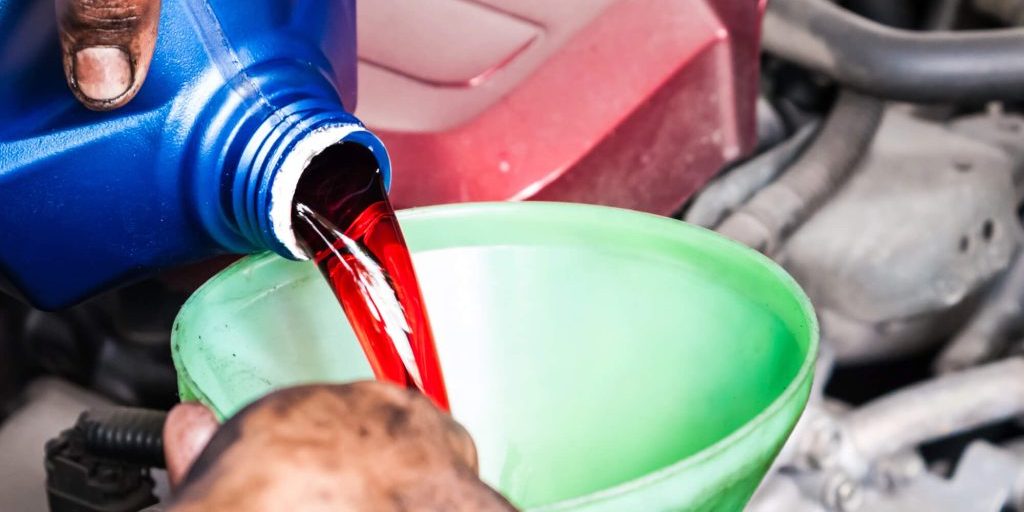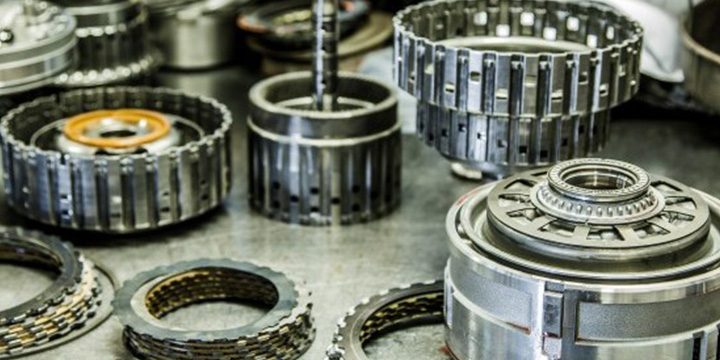A basic overview of haldex differentials
December 15, 2022
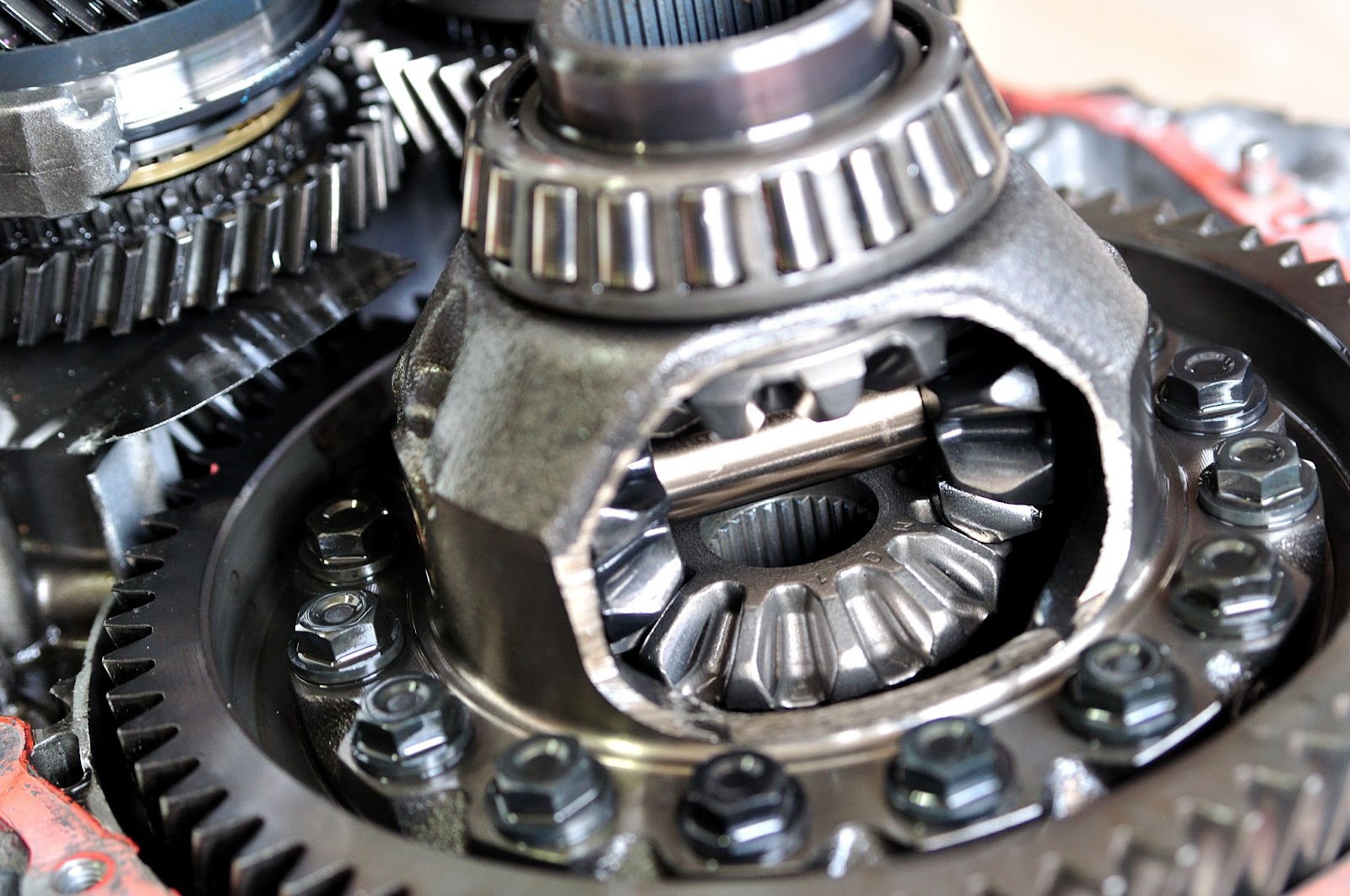
If you own one of many popular AWD vehicles today, it may be fitted with a special coupling unit known as a Haldex differential. This differential design features a different approach to the problem of power distribution, and it pays to understand how the system works and how you should look after it. Read on to find out more about Haldex all-wheel-drive.
What is a Haldex Differential?
Haldex differentials are made by a Swedish manufacturer that is now part of BorgWarner. The company has made these unique all-wheel-drive systems for some years and designed them for a certain vehicle category.
You will typically find Haldex couplings on front wheel drive platforms where the OEM wants to convert that model into an all-wheel drive. The system uses electronic sensors, a hydraulic Haldex pump, a clutch and a valve that will redirect some of the power to the rear wheels as needed.
The Haldex limited wheel slip differential system may be largely inactive in neutral driving conditions but may activate when any wheel slippage is detected. To help the driver avoid any issues, the computer system will then redirect some of the power to the rear wheels, which will help to compensate for the loss of traction up front.
Some Haldex rear wheel differential systems are also engineered to send power towards the back wheels when the vehicle first gets underway. Many drivers prefer this setup as it helps to give additional grip, but the power will generally be diverted to the front in normal driving conditions.
Later versions of the Haldex systems are more sophisticated and can anticipate when more of the power should be redirected to the rear axle. While there is no such thing as a Haldex centre differential, this may work in a similar fashion. In fact, it may actually send a certain amount to the back in most conditions, with the exact amount subject to variation as needed.
Some manufacturers fit the Haldex system to vehicles they market as all-wheel drive. In this case, the system will feature electronic control locking differentials that are able to distribute and send a certain amount of torque to each wheel to cater for driving conditions.
What Are the Pros and Cons of a Haldex?
There are certain benefits and disadvantages associated with this system. On the plus side, Haldex transmissions can be packaged into a variety of lower-cost vehicles, meaning that the manufacturer will not need to spend a large amount of money on developing a full all-wheel-drive system.
As power is only supplied to the rear axle in certain circumstances, it can also help to achieve higher fuel efficiency levels. After all, the system will only supply drive to two wheels for most of the time, which will help to save on fuel, tyre wear and general deterioration.
Still, there are some drawbacks. Some vehicle owners may experience understeer when the system is fitted. This is the tendency for the vehicle to push towards the outside of a corner when turning. The system may be tuned to keep most of the torque split in the front wheels or might be slow to apportion it to the rear axles.
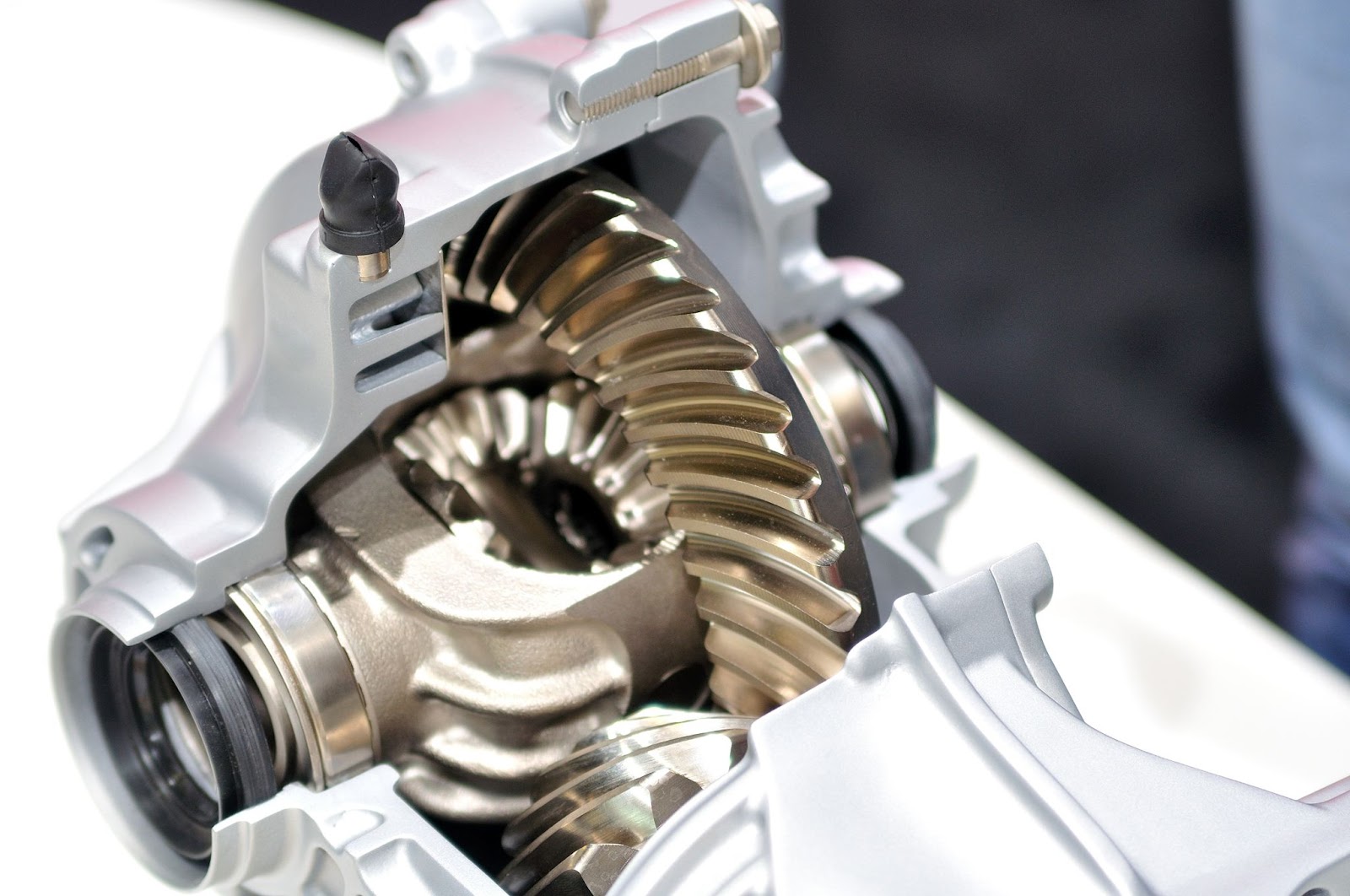
Is Haldex Better than Permanent AWD?
Haldex is not meant to be an equal substitute to a properly engineered and permanent all-wheel-drive system. Those systems are carefully engineered from the outset so they can operate efficiently in all driving conditions. In fact, AWD systems will send a certain amount of power to all four wheels in almost every situation but would be able to vary this split to compensate for wheelspin.
The Haldex system is a hybrid, usually based on an FWD setup, and will typically default to this configuration. Nevertheless, Haldex differentials can give a driver an extra element of control and is a viable alternative to a permanent AWD system.
Which Cars Use Haldex AWD?
Many manufacturers have fitted the Haldex system to their vehicles, including Ford, Audi, Volkswagen, Škoda, SEAT, Vauxhall, Volvo and Land Rover. These vehicles may include some of the hot hatches that are so popular today, including the Volkswagen Golf or the Audi A3.
How Often Should You Do a Haldex Service?
Unlike gearboxes and independent differentials, a Haldex system features a proprietary form of lubrication. In fact, this liquid may be just the opposite of a standard lubricant in that it’s designed to promote a certain amount of friction instead.
It needs to do this to make the multi-plate Haldex clutch setup work more efficiently, but there are certain drawbacks. As material wears away from these clutch plates, it may become suspended in the oil. While the system will collect a certain amount of this contaminant, you can still expect a degree of degradation.
You need to pay close attention to your system and service it in accordance with the Haldex manufacturer’s recommendation. If your vehicle is fitted with a first generation or second generation filter, you should replace the oil and filter every 32,000 km. Some versions do not have a filter at all, and these should be serviced every 16,000 km. If you do not keep up with service visits, the pump strainer may become clogged, which could lead to failure.
When servicing differentials, you should never use conventional oil but only fluid that has been purpose-made for these Haldex differentials. This will ensure that the systems last as long as possible and you do not run into problems during everyday operations.
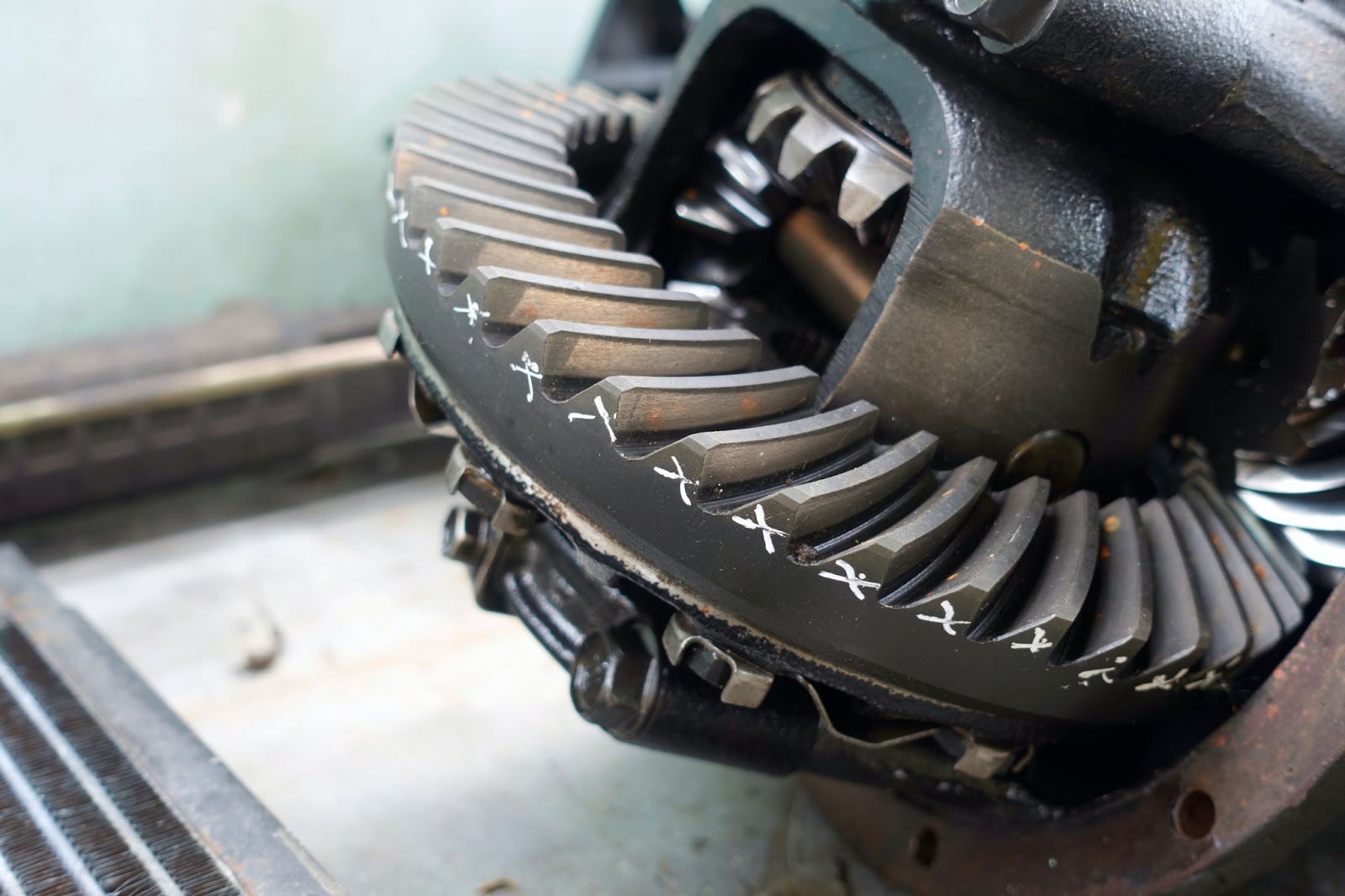
Contact Automatic Transmissions R Us — Australia’s Transmission Experts
When you reach out for servicing, make sure that you only work with the experts. At Automatic Transmissions R Us, our specialist team of transmission technicians will use the latest technology and diagnostic equipment to service your Haldex system.
We have been a transmission specialist in Perth for more than 20 years and regularly work on the most complex vehicle transmissions on the market. We feature competitive pricing and top-notch customer service and are a RAC-recommended repairer.
For your convenience, we provide a convenient drop-off and pickup service to the nearest train station or can arrange towing if needed. Get in touch with Automatic Transmissions R Us today to book your vehicle in for a Haldex differential service.
Read on...
